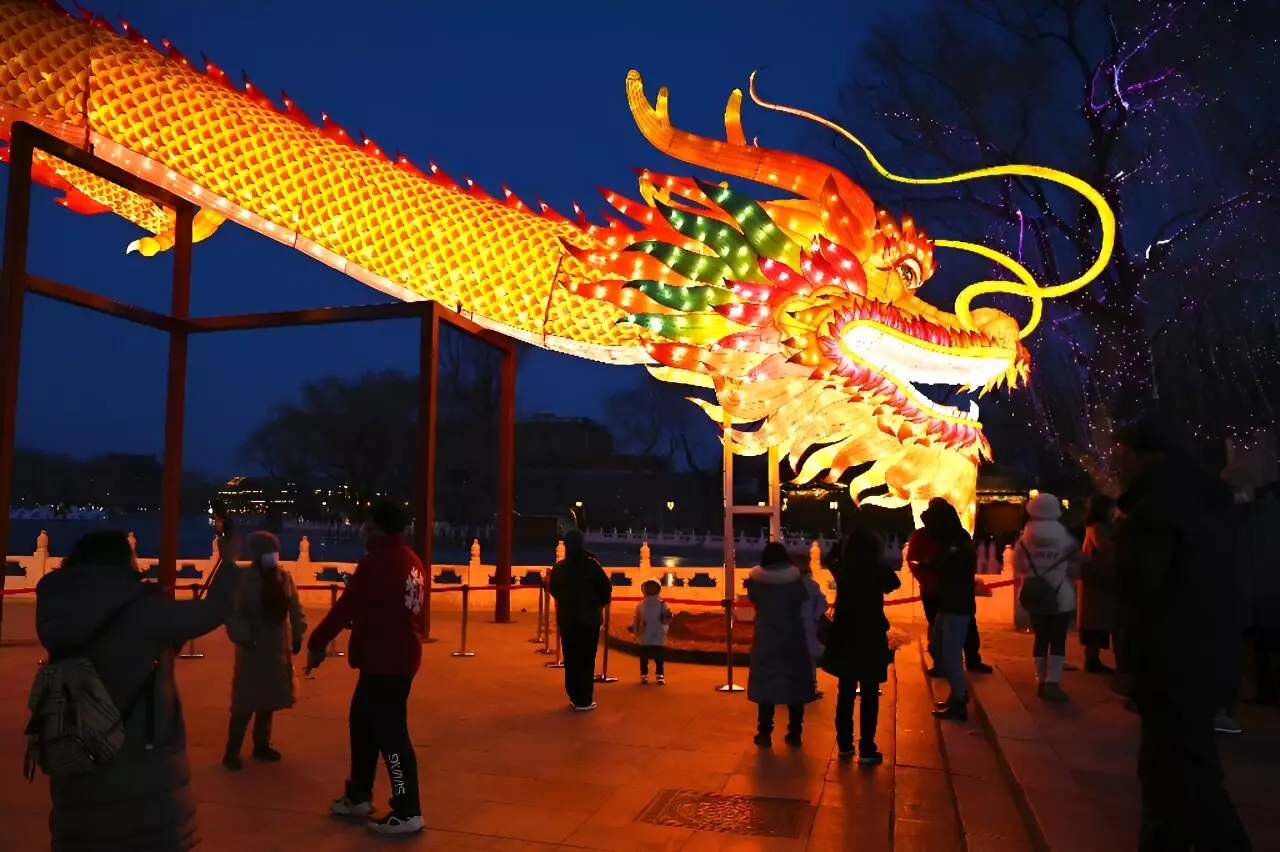China’s recent new year holiday spending has exceeded pre-pandemic levels, showcasing a positive trend in an economy that has been grappling with sluggish consumption and deflation. According to official figures released by the Ministry of Culture and Tourism, domestic spending on entertainment, dining, and travel skyrocketed during the recent “Golden Week” holiday, which concluded last Saturday. The Ministry reported that Chinese travelers embarked on a staggering 474 million trips within the country during the eight-day break, a 19 percent increase from 2019, marking the world’s largest annual migration. Additionally, domestic spending on tourism totaled 632.7 billion yuan ($87.9 billion), representing a 7.7 percent surge from 2019.
This year’s new year holiday celebration was the second following the abrupt abandonment of China’s stringent zero-COVID policy in late 2022. The policy shift negatively impacted consumer spending and business confidence due to impromptu lockdowns and extended quarantines. Post-holiday, mainland Chinese markets experienced positive growth, with the Shanghai Composite Index rising by 0.28 percent and the Shenzhen Composite Index surging by 1.16 percent. Nomura’s chief China economist, Ting Lu, emphasized that the robust spending figures reflected pent-up demand but cautioned against overinterpreting the data, highlighting the low comparison base from the previous year at the peak of the pandemic.
Despite the overall increase in holiday spending, the average expenditure per trip dipped by 9.5 percent compared to 2019, as per calculations from Nomura. Analysts at Goldman Sachs noted that the slightly extended holiday period this year contributed to heightened cross-region travel and encouraged more long-distance journeys. These spending trends emerged amidst ongoing economic challenges, including a prolonged crisis in the property sector, escalating youth unemployment, and a global economic downturn affecting demand for Chinese exports. Policymakers have introduced targeted measures and significant bond issuances to stimulate infrastructure investment and encourage consumer spending, yet these initiatives have not yielded substantial results. The recent decrease in consumer prices in January, the sharpest decline in over 14 years, underscores the lingering economic uncertainties in China.
China’s resurgence in holiday spending offers a glimpse of hope in an economy grappling with multiple challenges. While the recent data indicates a rebound in domestic tourism and entertainment spending, underlying concerns such as reduced average expenditures and persistent economic headwinds remain. As China continues to navigate through a complex economic landscape, policymakers and businesses must remain vigilant and proactive in addressing the evolving needs of consumers and the broader economy to foster sustainable growth and recovery.


Leave a Reply